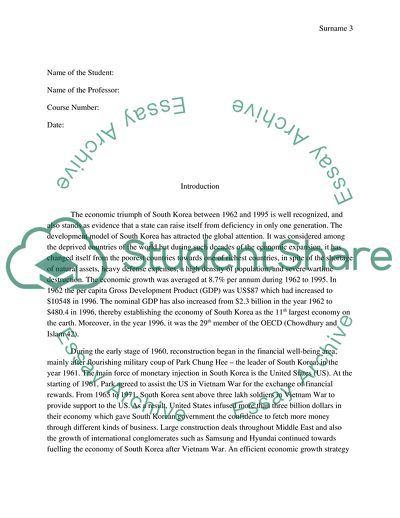Cite this document
(How did south Korea developed from 1960s Term Paper, n.d.)
How did south Korea developed from 1960s Term Paper. https://studentshare.org/macro-microeconomics/1848108-how-did-south-korea-developed-from-1960s
How did south Korea developed from 1960s Term Paper. https://studentshare.org/macro-microeconomics/1848108-how-did-south-korea-developed-from-1960s
(How Did South Korea Developed from 1960s Term Paper)
How Did South Korea Developed from 1960s Term Paper. https://studentshare.org/macro-microeconomics/1848108-how-did-south-korea-developed-from-1960s.
How Did South Korea Developed from 1960s Term Paper. https://studentshare.org/macro-microeconomics/1848108-how-did-south-korea-developed-from-1960s.
“How Did South Korea Developed from 1960s Term Paper”. https://studentshare.org/macro-microeconomics/1848108-how-did-south-korea-developed-from-1960s.


